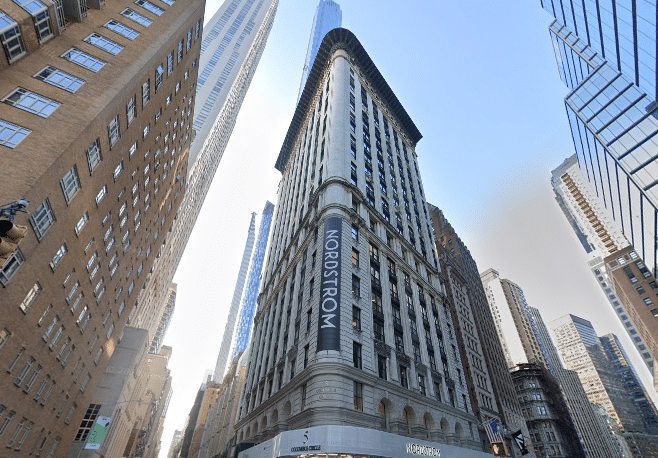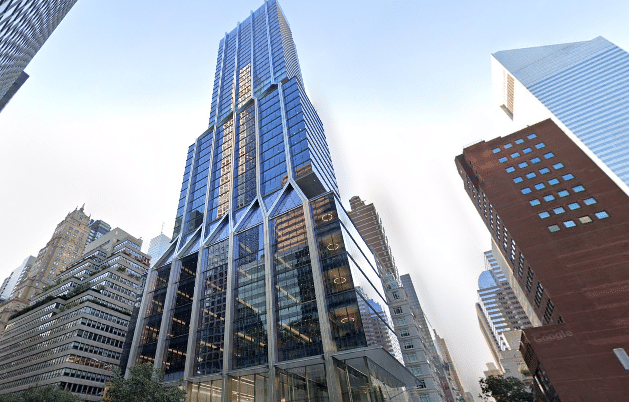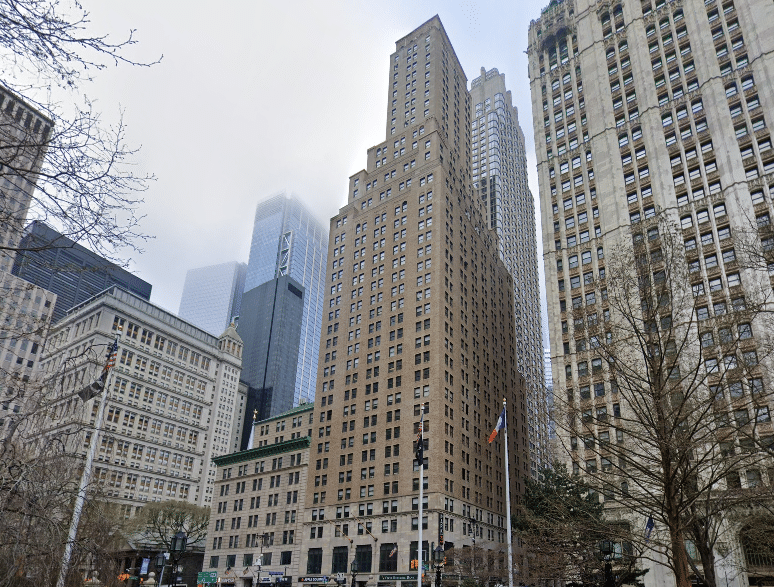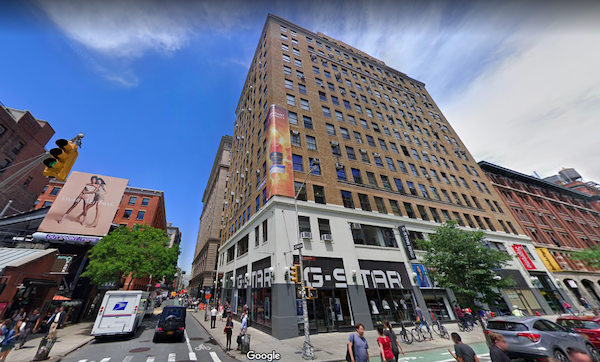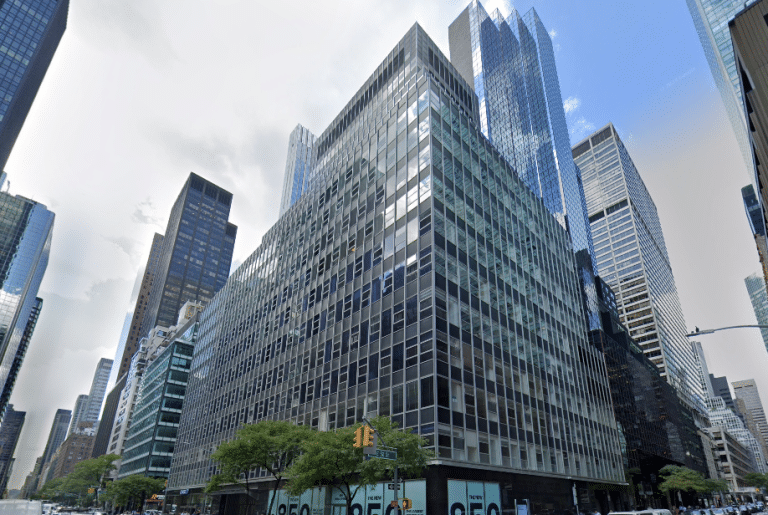Last month, a piece of land sold for $2.4 million. This might not seem like a major piece of news. By New York City real estate standards, that is not a large deal. But the land was not in New York. It wasn’t even on earth. It existed in an online space called the “metaverse.”
This deal might represent a new frontier in real estate. In only a few weeks, we are seeing multiple companies launch to buy, sell, and rent virtual real estate.
This might sound like science fiction, but it involves a lot of very real cash. I want to explore the emerging virtual real estate market and discuss how viable it actually is.
Explaining the Metaverse
First, let’s define what we mean by virtual real estate. To do that, we need to dig into some hazy concepts.
Let’s start with the Metaverse. If you ever played an online game like Animal Crossing, World of Warcraft, or Fortnite, you have an idea of what the Metaverse is. Basically, it is a digital world where you can move freely, build, shop, and interact with others.
Fortnite is a video game where players fight zombies and each other. It also has a wide-open world that has hosted concerts and museum exhibitions.
Other virtual spaces are entirely more free-form, with little or no video game elements. Some examples are Upland, Sandbox, and Decentraland. The 2.4 million virtual land deal I mentioned earlier was in Decentraland.
Many market-watchers believe the increased excitement for the Metaverse started when Mark Zuckerberg chose to rename Facebook’s parent company Meta. This signaled a shift toward virtual world development by the tech giant.
As you can see, the Metaverse contains elements of gaming, virtual reality, e-commerce, and social media. It is deeply connected with blockchain.
Explaining Blockchain and Crypto
I know blockchain is one of those terms that seems to be everywhere lately. I’m going to explain it in easy-to-follow terms.
You can think of blockchain as an accounting ledger recording transactions. What makes it special is that it doesn’t exist in one place. The chain lives on millions of user devices. Entries to the blockchain can be added and viewed but never altered or deleted.
Blockchain ensures that digital transactions are legit. Cryptocurrency could not exist without it.
Cryptocurrency is 100% digital money. Private institutions and individuals create it. They use virtual “mining” technology to limit the number of crypto coins available. Crypto is linked to blockchain to ensure only one person can own a given coin at once.
The value of these currencies tends to swing a lot. Bitcoin was the first prominent cryptocurrency. Its value against the dollar has risen over time. Thousands of other cryptocurrencies are essentially worthless.
I bring up cryptocurrency because it is the payment of choice for virtual real estate transactions. Almost all commerce in the Metaverse is conducted with crypto.
Metaverse Real Estate
Getting back to virtual real estate. You might wonder: what can you do with a plot of virtual land?
Right now, the answer is both a lot and not much. The Metaverse is free and open, but it also consists of several disconnected worlds. People are still figuring out how to make the most of virtual land.
I mentioned concerts before. There have been some pretty exciting live events on the Metaverse. This includes shows from Justin Bieber, Ariana Grande, and the Weekend. Tokens.com, a virtual collectibles market, is building a tower in Decentraland.
Decentraland also has casinos, where people can play roulette, blackjack, slot machines, all using MANA, the crypto coin of the realm.
Is Virtual as Good as Real Life?
There’s plenty of excitement around virtual property. In fact, Tokens.com recently purchased a $1.2 million stake in the Metaverse Group. That company bills itself as the world’s first virtual real estate investment trust.
Michael Gord, a chief executive for the Metaverse Group, recently compared investing in the Metaverse to “buying “a block of SoHo” before New York City existed.
This, of course, is an overstatement. To begin with, there is a limited amount of land on earth. However, in the Metaverse, more land can be created, and developers are doing so as we speak. Boosters for virtual property believe that all these different lands will be interconnected one day, and people will be able to move between them, taking their goods and crypto-cash with them.
That has not happened yet. Anyone buying virtual land needs to cross their fingers that the world they’ve chosen will do well.
I want to caution viewers that, like cryptocurrency and collectible NFTs, virtual property will be highly speculative. The prices we see today could well be at or near the top of the market. If a Facebook name change can spur this type of buying frenzy, the market might not be very logical.
For volatile assets like these, there is a tremendous potential for the average investor to lose money.
Valuable Tech
That said, it would be unfair to compare the Metaverse to some of the tech bubbles we’ve seen in the past.
For one thing, this virtual land didn’t appear overnight. Its infrastructure has been developed over decades.
Many articles about the Metaverse mention a nearly thirty-year-old book called “Snow Crash.” That popular sci-fi novel introduced the concept of a virtual land where people can gather and build.
Metaverse technology has developed over many years. Some viewers might remember the online game Second Life from the early 2000s. That game used early forms of virtual reality and social interaction.
While some investors are snatching up land in the Metaverse, others are investing in its associated technology.
Speaking as a commercial real estate broker, I was pleased to learn that one particular tech firm is benefiting from the virtual real estate boom: Matterport. This firm makes 3-D imaging cameras and software. I use my Matterport camera extensively to photograph office spaces for virtual tours.
This company’s products are game-changers for the real estate industry, especially in circumstances when many people need to view office spaces remotely.
Matterport’s stock has skyrocketed of late. It’s exciting to see a product that is so vital to my industry evolve into something even more sophisticated.
Virtual Real Estate: Developing Market for Commercial Retail Tenants and Brokers?
So, the question is: will virtual real estate be the next great market of brokers and commercial retail and office tenants?
From where we stand today, I would say no, or atleast not for many years. There is so much uncertainty and volatility in the metaverse marketplace. Prices are soaring, and we just don’t know which platforms will last or dominate. The Chrysler Building may soon be available for sale in Metaverse, but the pricing may be highly volatile with no certainty of appreciation.
It’s possible that the game-changing metaverse world hasn’t even been created yet.
It’s also possible that a month from now, no one will be interested in virtual land anymore.
With Facebook going all-in, we might see a Meta-branded virtual world come to dominate the market. If that happens, perhaps digital land will be the next great frontier.
Regardless, if the Metaverse continues to incubate great tech companies like Matterport, we might all benefit from it indirectly.







